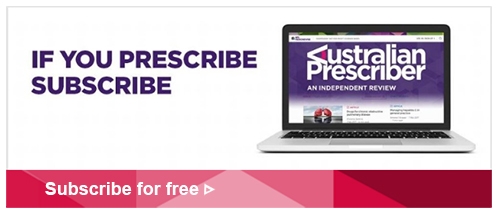We read with interest the recent article on adolescent self-harm by Joel King and co-authors.1 It is important that clinicians, patients and families are aware of the lack of evidence for prescription medicines in this area, and the potential benefits of psychological therapies.
The need for new strategies to address adolescent self-harm is increasingly urgent. Child and adolescent self-harm is rapidly increasing in Australia.2-4 We found a 98% increase in self-poisonings in people aged 5–19 years in 2006–2016, with a cohort effect showing that those born after 1997 are particularly at risk. The peak age of self-poisoning is getting younger. There is also a large increase in dispensing of psychotropic drugs to this cohort, particularly antidepressants,2 despite the lack of evidence for benefits.
The article mentioned harm minimisation by prescribing limited quantities of drugs. However, the problems presented by over-the-counter medicines were not addressed. Paracetamol and ibuprofen are the top two drugs taken in overdose by young Australians2 and are widely available. Many countries do not allow non-pharmacy sales of these medicines,5 and in Denmark paracetamol can only be purchased by people aged over 18 years.6 The UK has restricted pack sizes of paracetamol to decrease harms from self-poisoning.7 Australia has room to move in this legislative space. The recent decisions by the Therapeutic Goods Administration to up-schedule modified-release paracetamol to Schedule 3 (Pharmacist Only) and paracetamol–codeine to Schedule 4 (Prescription Only) indicate the considerable scope for harm minimisation using strategic rescheduling.
Rose Cairns
Lecturer, School of Pharmacy, University of Sydney
Director of Research, NSW Poisons Information Centre, Children’s Hospital at Westmead, Sydney
Jared A Brown
Co-head, NSW Poisons Information Centre, Children’s Hospital at Westmead, Sydney
Nicholas A Buckley
Professor of Clinical Pharmacology, University of Sydney
Clinical toxicologist, NSW Poisons Information Centre, Children’s Hospital at Westmead, Sydney
Nicholas Buckley has received National Health and Medical Research Council grant funding to support clinical toxicology
(including suicide) research.



